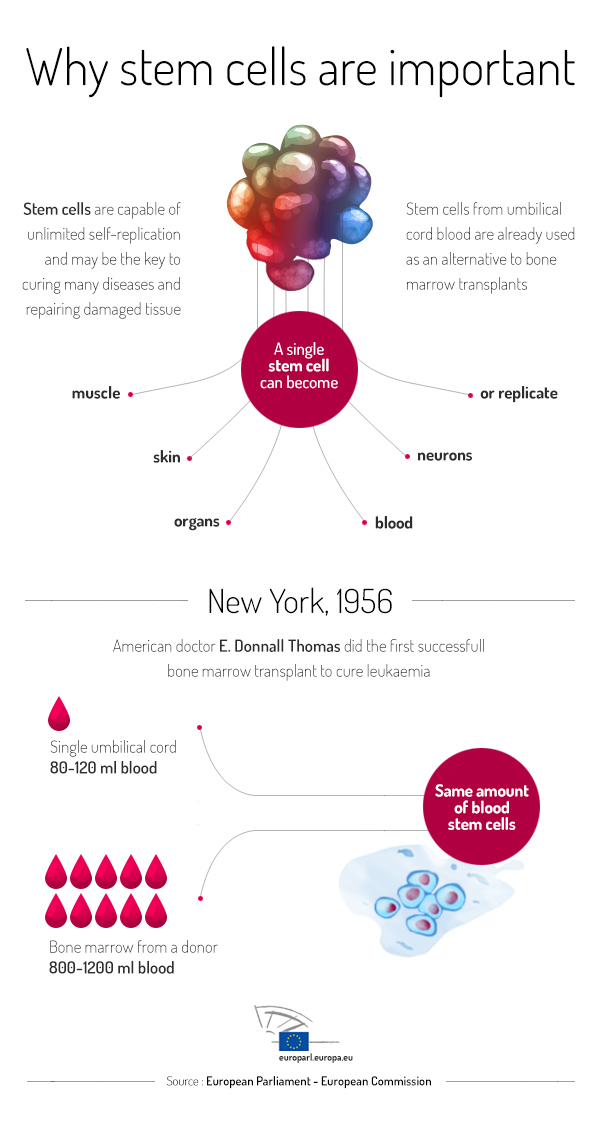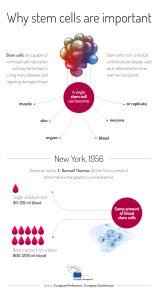What You Need to Know about Banking Cord Blood

 Most people are unaware of banking cord blood before having children, though it’s been available for many years. There are main types of banking, public and private. Public banking makes the cord blood available anywhere there may be a need. Privately banked cord blood remains the property of the donor and is used specifically for their needs. Private banking can be expensive.
Most people are unaware of banking cord blood before having children, though it’s been available for many years. There are main types of banking, public and private. Public banking makes the cord blood available anywhere there may be a need. Privately banked cord blood remains the property of the donor and is used specifically for their needs. Private banking can be expensive.
What is cord blood?
According to Professor Mark Kirkland, stem cell researcher at Deakin University and medical director at Cell Care, a private cord blood bank, cord blood is unique. “It’s different because it isn’t aged; it hasn’t been exposed to the environment. That makes a difference because all cells in the body have an internal clock that ticks down. So when we collect cord blood, we are collecting cells at the early stages of life, when that clock is set at the earliest possible stage.” explains Kirkland. “Cord blood also has cells in it of a type that we don’t see at any later stage of life and has immune cells which are totally unique.”
How is cord blood used?
Currently, cord blood is primarily used to treat leukemia and other bone marrow diseases, but scientists expect that cord blood may eventually be used to treat a variety of other diseases. Because of the unique immune cells found in cord blood, Kirkland and other researchers believe cord blood might eventually be used to treat Type 1 diabetes and other diseases that arise from problems with the immune system.
What about cost?
Banking cord blood privately can be costly, about $3,000 to collect and store it for eighteen years, with option to pay for storage beyond that time. Banking cord blood is basically insurance, just in case something goes wrong medically.
Cord blood banking is a controversial idea simply because there are a number of potential applications that aren’t yet proven, but research continues to be done and no one knows just what could be developed in ten or twenty more years. Diabetes, cerebral palsy and bone marrow diseases affect thousands of children every year, and banking cord blood could help many of these children. Public banking can help to further research into these diseases and more. Even with private banking, the cord blood can help more than just the child. There is a 1 in 4 chance that cord blood from one child is a match for a sibling.
If you or your child does need to be treated with stem cells, it is possible to to get cord blood from a public bank in about two months, but the match will not be as close. While cord blood does not have to be as close of a match as other types of transplants, closer matches do tend to have better outcomes. Using your own cells is always a perfect match, and stem cells from a sibling has a 25% chance of also being a perfect match.
Though banking cord blood is a fairly recent development, it does have long term potential. “People have been storing cord blood for around 23 years; the last study that I looked at examined cord blood that had been stored for twenty years and there was no change to the blood,” says Professor Kirkland. “So at this stage, as far as we know, you can store cord blood indefinitely.”
When you consider how rapidly medical advances are being made, the potential of cord blood is tremendous.
Image: © European Union 2013 – European Parliament. (Attribution-NonCommercial-NoDerivs Creative Commons license)
Comments are closed.